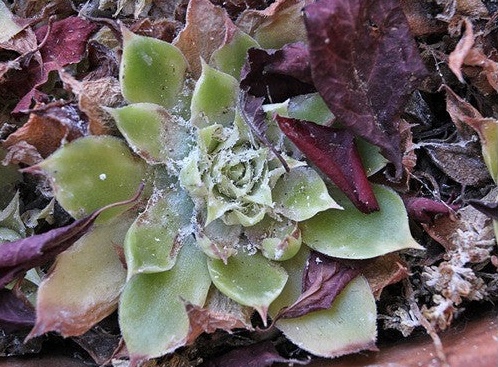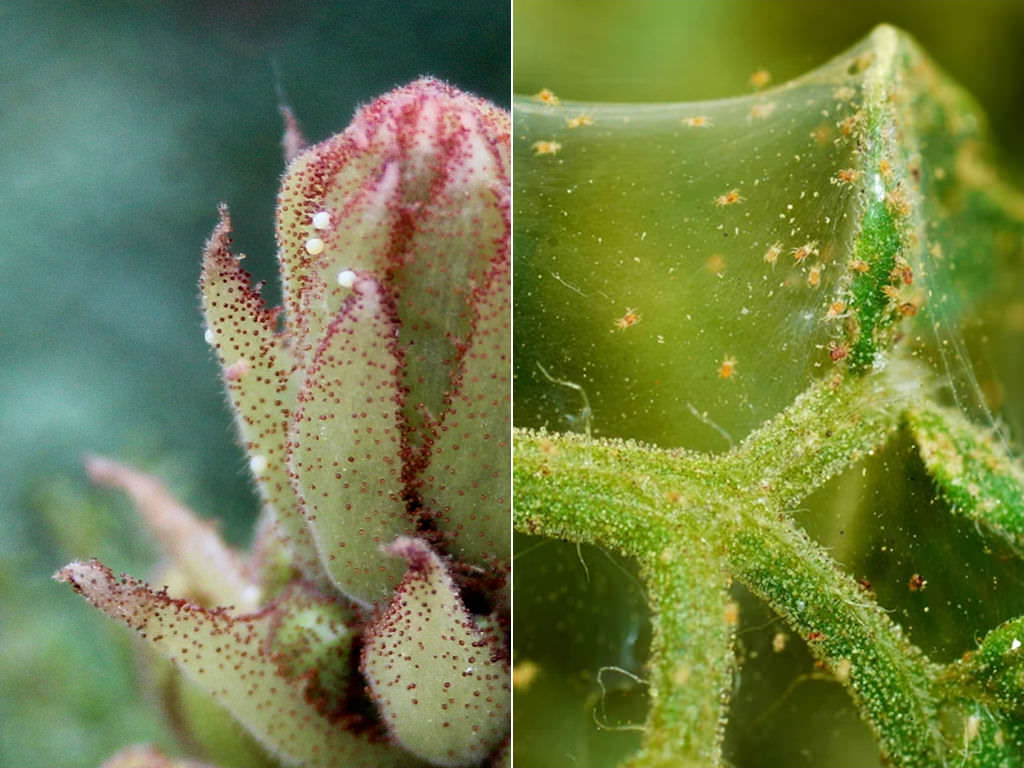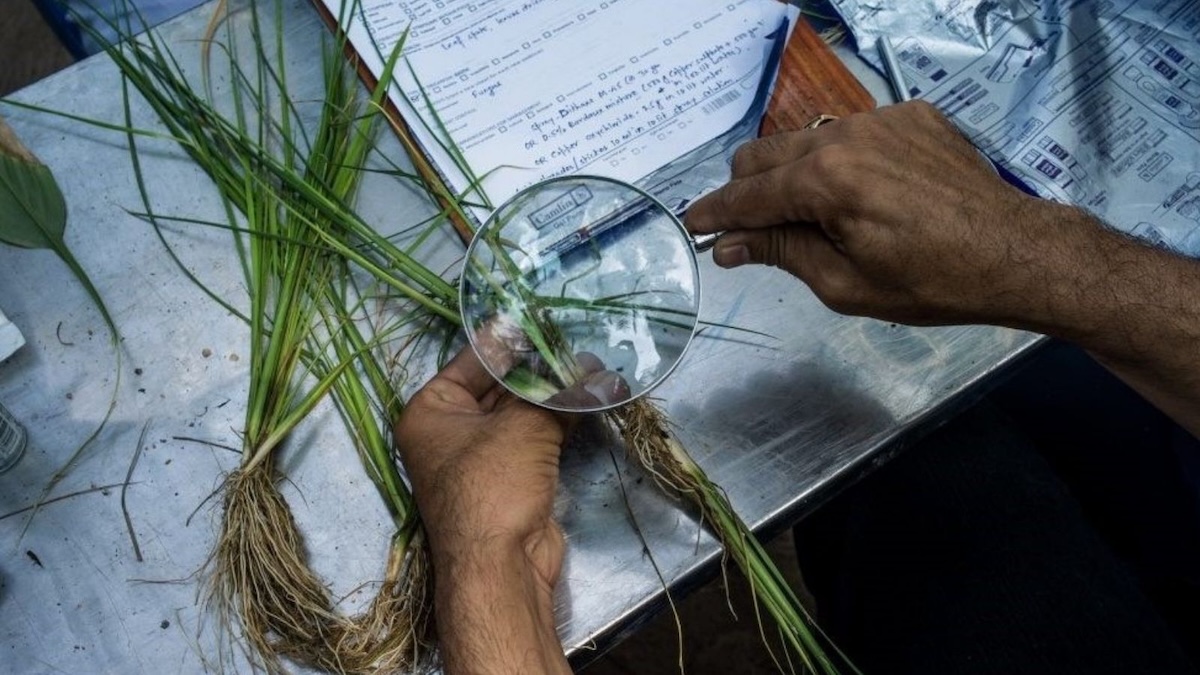Succulents are hardy plants that generally resist pests and disease, especially when grown in well-lit, dry conditions. But like any houseplant, they’re not immune. Poor drainage, overcrowding, or weakened plants can invite a range of problems—from soft rot to tiny bugs that feed on sap and spread quickly.
The good news? Most succulent pests and diseases can be managed with early detection and simple interventions. Here's how to spot the most common issues—and what to do about them.

Mealybugs: Cottony and Persistent
Mealybugs are one of the most common pests in succulent collections. These soft-bodied insects appear as tiny white specks, often nestled in leaf joints or between stem segments. They look like small tufts of cotton.
-
Symptoms: Sticky residue (honeydew), distorted growth, or a visible white cluster on the plant.
-
Treatment: Remove mealybugs with a cotton swab dipped in rubbing alcohol. Follow up by spraying the plant with a 70% isopropyl alcohol solution weekly until they’re gone. Isolate infested plants to prevent spreading.
Aphids: Small, Fast, and Hungry
Aphids are small, pear-shaped insects that cluster around new growth. They can be green, black, or gray and are more common on outdoor succulents or during seasonal transitions.
-
Symptoms: Curled or stunted new growth, sticky leaves, or visible insect clusters.
-
Treatment: Wash them off with a strong spray of water. Use insecticidal soap or neem oil to treat persistent infestations. Ladybugs can help control aphids naturally outdoors.

Spider Mites: Tiny and Hard to Spot
Spider mites are nearly invisible without a magnifying glass, but their damage is easy to see: stippled or speckled leaves and fine webbing between leaves or stems.
-
Symptoms: Pale, dry, or mottled leaves and webbing near leaf joints.
-
Treatment: Increase humidity and rinse the plant thoroughly. Apply insecticidal soap or neem oil every few days until symptoms disappear.
Fungus Gnats: A Nuisance More Than a Threat
Fungus gnats are small black flies that hover around soil and lay eggs in moist, organic-rich potting mix. While they don’t usually harm the plant directly, their larvae can damage roots in severe infestations.
-
Symptoms: Tiny black flies near the soil and soggy, compacted soil.
-
Treatment: Allow soil to dry out completely between waterings. Use sticky traps to catch adults and consider applying a soil drench with neem oil or a biological control like Bacillus thuringiensis israelensis (BTI).
Root Rot: The Most Common Disease
Root rot is caused by overwatering or poorly draining soil. Once roots begin to decay, the damage moves upward quickly.
-
Symptoms: Mushy, blackened roots, soft stems, and yellow or translucent leaves.
-
Treatment: Remove the plant from its pot, trim away all rotted roots and soft tissue, and let the plant dry for a day or two. Repot in fresh, dry, well-draining soil and don’t water again for several days.
Fungal Leaf Spots and Mold
Fungal issues, including leaf spots and mildew, typically appear in high humidity or when water is left sitting on the leaves for too long.
-
Symptoms: Dark spots on leaves, fuzzy white mold, or patches of discolored tissue.
-
Treatment: Improve air circulation and avoid overhead watering. Remove infected leaves and treat with a gentle fungicide if necessary.
Preventing Future Problems
Healthy succulents are less likely to be attacked by pests or overwhelmed by disease. Here are a few simple practices that help:
-
Water only when the soil is completely dry.
-
Use fast-draining succulent or cactus mix.
-
Provide plenty of bright, indirect light.
-
Inspect new plants before bringing them indoors.
-
Isolate any new or infested plants until they’re pest-free.
Final Thoughts
Succulents are tough plants, but even they need a little help from time to time. By learning to recognize early signs of pests and disease, you can act quickly and confidently to protect your plants.
With a few easy habits and some close observation, you’ll keep your succulents healthy, pest-free, and thriving for seasons to come.
